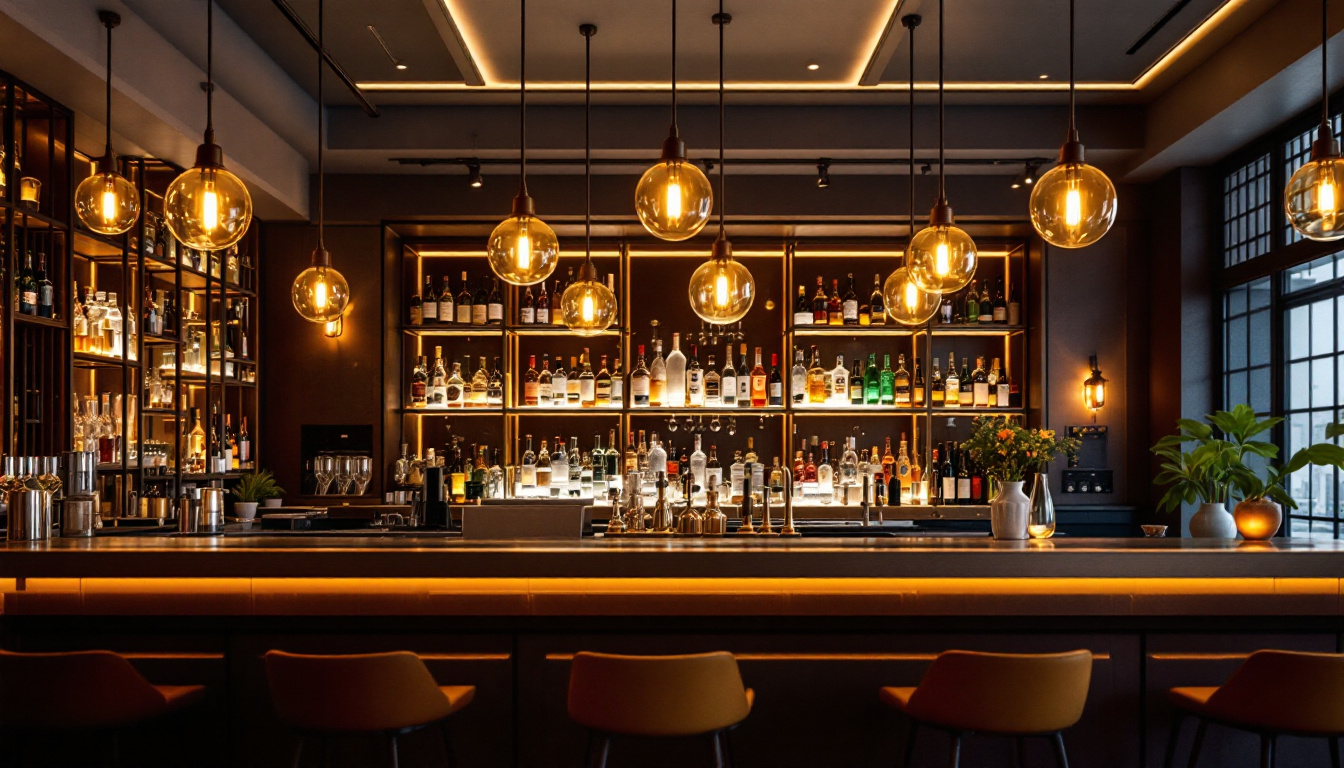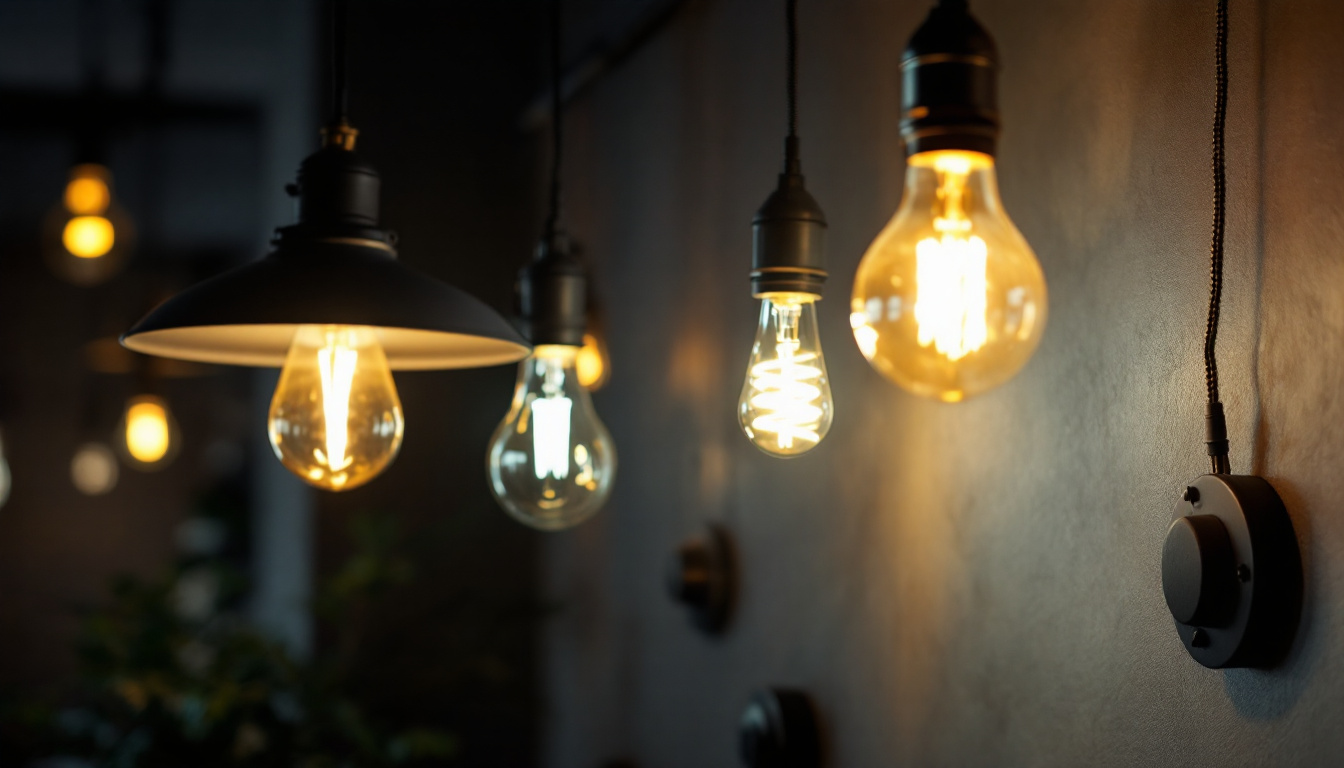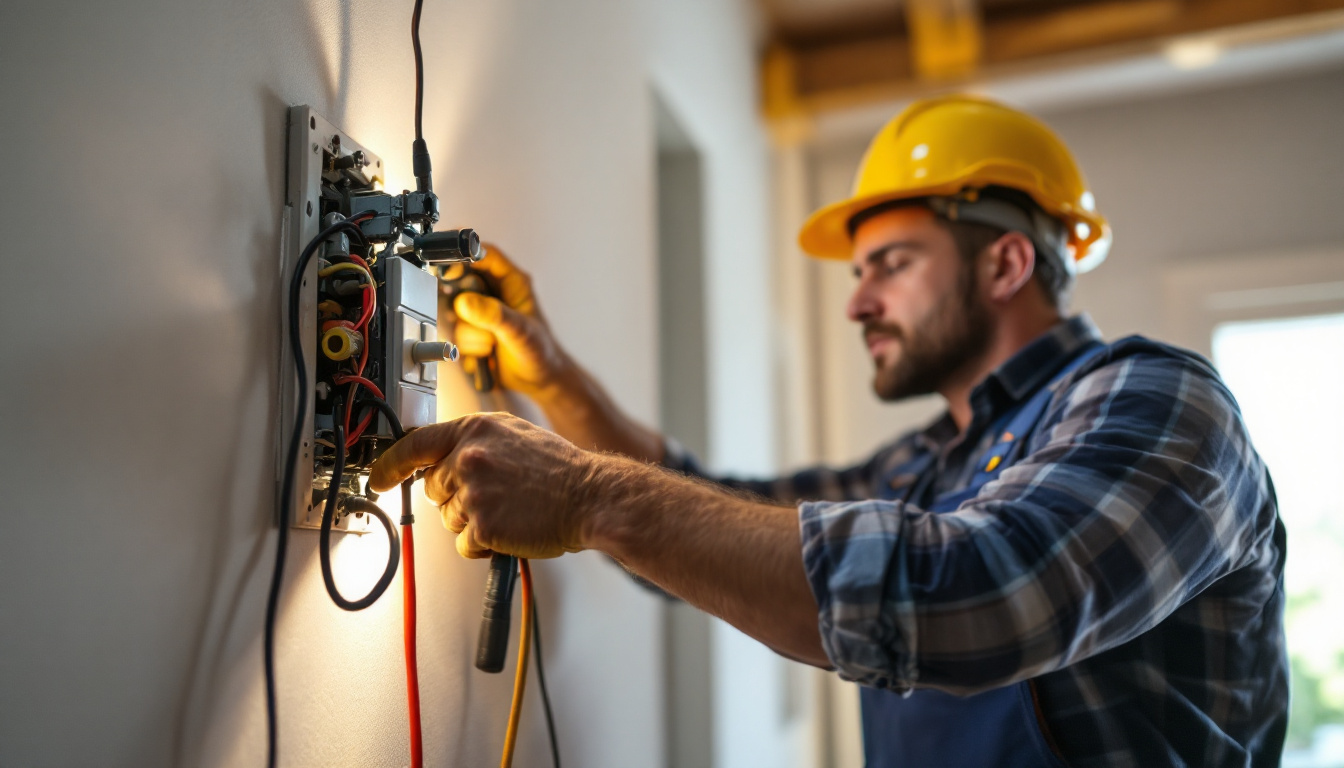
Lighting plays a crucial role in creating the right ambiance for any space, and for lighting contractors, understanding the nuances of different lighting solutions is essential. Among these, Par lamps are often overlooked, yet they offer a unique blend of versatility and efficiency. This article delves into what lighting contractors frequently miss when it comes to Par lamps, exploring their benefits, applications, and best practices for installation and maintenance.
Par lamps, short for parabolic aluminized reflector lamps, are a popular choice in both residential and commercial lighting. Their design features a parabolic reflector that directs light in a specific direction, making them ideal for spotlighting and accent lighting. These lamps are available in various wattages and beam angles, allowing for a wide range of applications.
One of the key characteristics of Par lamps is their ability to produce a high-intensity beam of light. This makes them particularly effective in settings where focused lighting is necessary, such as galleries, theaters, and retail spaces. However, despite their advantages, many contractors do not fully leverage the potential of Par lamps in their projects.
Par lamps come in several types, including Par 16, Par 20, Par 30, and Par 38, each differing in size and wattage. Understanding these distinctions is crucial for lighting contractors to select the right lamp for specific applications. For instance, a Par 30 lamp is often used for recessed lighting in residential settings, while a Par 38 might be more suitable for outdoor floodlighting.
Additionally, contractors should be aware of the differences between incandescent, halogen, and LED Par lamps. While incandescent and halogen lamps provide warm light and are often favored for their color rendering, LED options are gaining popularity due to their energy efficiency and longevity. Each type has its own set of advantages and limitations, making it essential for contractors to assess the needs of their clients before making a recommendation. The choice between these types can significantly influence the overall ambiance and functionality of a space, as well as the long-term operational costs associated with lighting.
Par lamps are incredibly versatile and can be used in various applications. In residential settings, they are commonly used for recessed lighting, track lighting, and outdoor landscape lighting. Their ability to produce a focused beam makes them ideal for highlighting specific areas or features, such as artwork or architectural details.
In commercial environments, Par lamps are often utilized in retail spaces to create an inviting atmosphere and draw attention to products. They are also widely used in theaters and performance venues, where precise lighting is essential for enhancing the audience’s experience. The strategic placement of Par lamps can transform a mundane space into a visually captivating environment, enhancing both aesthetic appeal and functionality. Moreover, their adaptability allows for easy integration into smart lighting systems, enabling dynamic control over brightness and color temperature to suit different moods and occasions. Understanding these applications can help contractors make informed decisions when designing lighting layouts, ensuring that each project not only meets the client’s needs but also elevates the overall design vision.
Despite their advantages, there are several misconceptions surrounding Par lamps that can lead to suboptimal choices by lighting contractors. Addressing these misconceptions is vital for ensuring that clients receive the best possible lighting solutions.
One of the most common misconceptions is that all Par lamps are interchangeable. In reality, the differences in size, wattage, and beam angle can significantly affect the quality and effectiveness of the lighting. Contractors must carefully consider these factors when selecting lamps for a project.
For example, using a Par 16 lamp in a space that requires a more intense light output may result in inadequate illumination. Conversely, using a Par 38 lamp in a small area may create an overly harsh lighting effect. Understanding the specific requirements of each application is crucial for achieving the desired outcome. Additionally, the choice of reflector type can also influence the light distribution; a narrow beam may be ideal for accent lighting, while a wider beam is better suited for general illumination. Therefore, a thorough assessment of the space and its intended use is essential for making informed decisions.
Another misconception is that LED Par lamps are not suitable for all applications, particularly in settings where warm light is preferred. While it is true that LED technology has historically struggled to replicate the warm glow of incandescent and halogen lamps, advancements in LED technology have led to the development of high-quality LED Par lamps that offer excellent color rendering and warmth.
Contractors should not shy away from recommending LED options to clients, as they provide significant energy savings and longer lifespans. By staying informed about the latest LED advancements, contractors can confidently incorporate these lamps into their projects. Furthermore, the versatility of LED Par lamps extends beyond just color temperature; they are available in various dimmable options, allowing for greater control over the ambiance of a space. This adaptability makes them a compelling choice for both residential and commercial applications, where lighting needs can vary dramatically throughout the day or during different events.
Proper installation of Par lamps is essential for maximizing their performance and longevity. Lighting contractors should adhere to best practices to ensure that these lamps function optimally and meet client expectations.
The choice of fixture is crucial when working with Par lamps. Contractors should select fixtures that are specifically designed for use with Par lamps to ensure proper fit and functionality. These fixtures often feature adjustable angles, allowing for precise positioning of the light source.
Moreover, it is important to consider the heat generated by Par lamps, particularly incandescent and halogen types. Adequate ventilation must be provided to prevent overheating, which can reduce the lifespan of the lamp and pose safety hazards. Ensuring that fixtures are rated for the appropriate wattage is also essential in preventing potential electrical issues. In addition to these considerations, contractors should also evaluate the aesthetic aspects of the fixture. The design and finish of the fixture can significantly impact the overall look of the space, making it vital to choose a style that complements the existing décor while still providing the necessary functionality.
Selecting the appropriate beam angle is another critical aspect of installing Par lamps. Beam angles can range from narrow spotlights to wide floodlights, and the choice will depend on the intended application. For instance, a narrow beam angle is ideal for accentuating specific features, while a wider beam angle is better suited for general illumination.
Contractors should take the time to assess the lighting needs of each space, considering factors such as ceiling height and the distance between the lamp and the area being illuminated. This will help ensure that the selected beam angle provides the desired lighting effect without causing glare or uneven illumination. Additionally, it may be beneficial to incorporate dimmable options into the installation. Dimming capabilities allow for flexibility in lighting design, enabling users to adjust the intensity based on the time of day or the specific activity taking place, thus enhancing the overall functionality of the space. Furthermore, understanding the color temperature of the Par lamps can also play a significant role in achieving the desired ambiance, as different temperatures can evoke various moods and atmospheres within a room.
To maximize the longevity and performance of Par lamps, regular maintenance is essential. Lighting contractors should educate their clients on proper maintenance practices to ensure that their lighting systems remain effective over time.
Dust and debris can accumulate on the surface of Par lamps, diminishing their brightness and overall effectiveness. Regular cleaning is crucial to maintain optimal performance. Contractors should recommend that clients clean the lamps periodically using a soft, dry cloth to avoid scratching the surface.
In addition to cleaning the lamps themselves, it is also important to check the fixtures for dust and dirt buildup. Ensuring that the fixtures are clean will help maintain proper airflow and reduce the risk of overheating.
Each type of Par lamp has a specified lifespan, and it is important for contractors to monitor the performance of the lamps over time. Clients should be informed about the expected lifespan of their chosen lamps and encouraged to replace them as needed to maintain optimal lighting quality.
For LED Par lamps, this may involve tracking the hours of use, as many LED options can last significantly longer than their incandescent or halogen counterparts. Regularly assessing the performance of the lamps will help ensure that clients are not left in the dark when a lamp fails unexpectedly.
Par lamps offer a versatile and efficient lighting solution for a wide range of applications. However, lighting contractors often overlook their full potential due to misconceptions and a lack of understanding of best practices. By educating themselves on the different types of Par lamps, their applications, and proper installation and maintenance techniques, contractors can provide their clients with exceptional lighting solutions that enhance any space.
Incorporating Par lamps into lighting designs not only improves the aesthetic appeal of a space but also contributes to energy efficiency and cost savings. By staying informed and addressing common misconceptions, lighting contractors can elevate their projects and deliver outstanding results for their clients.
Ready to harness the full potential of Par lamps and take your lighting projects to the next level? At LumenWholesale, we provide lighting contractors with an exceptional range of high-quality, spec-grade Par lamps and other lighting essentials at unbeatable wholesale prices. Say goodbye to inflated markups and hello to cost-effective, reliable lighting solutions that will dazzle your clients. With our commitment to quality, affordability, and convenience, plus free shipping on bulk orders, you can trust LumenWholesale to brighten every project. Don’t miss out on superior lighting at the best value. Wholesale Lighting at the Best Value is just a click away.

Discover essential insights for lighting contractors on optimizing over-the-bar lighting.

Discover how choosing the right light bulbs for lamps can significantly enhance safety in your home or office.

Discover how choosing the right electrical materials can enhance the efficiency and safety of your lighting installation projects.

Discover expert insights and practical tips for lighting contractors on mastering three-way switch installations.